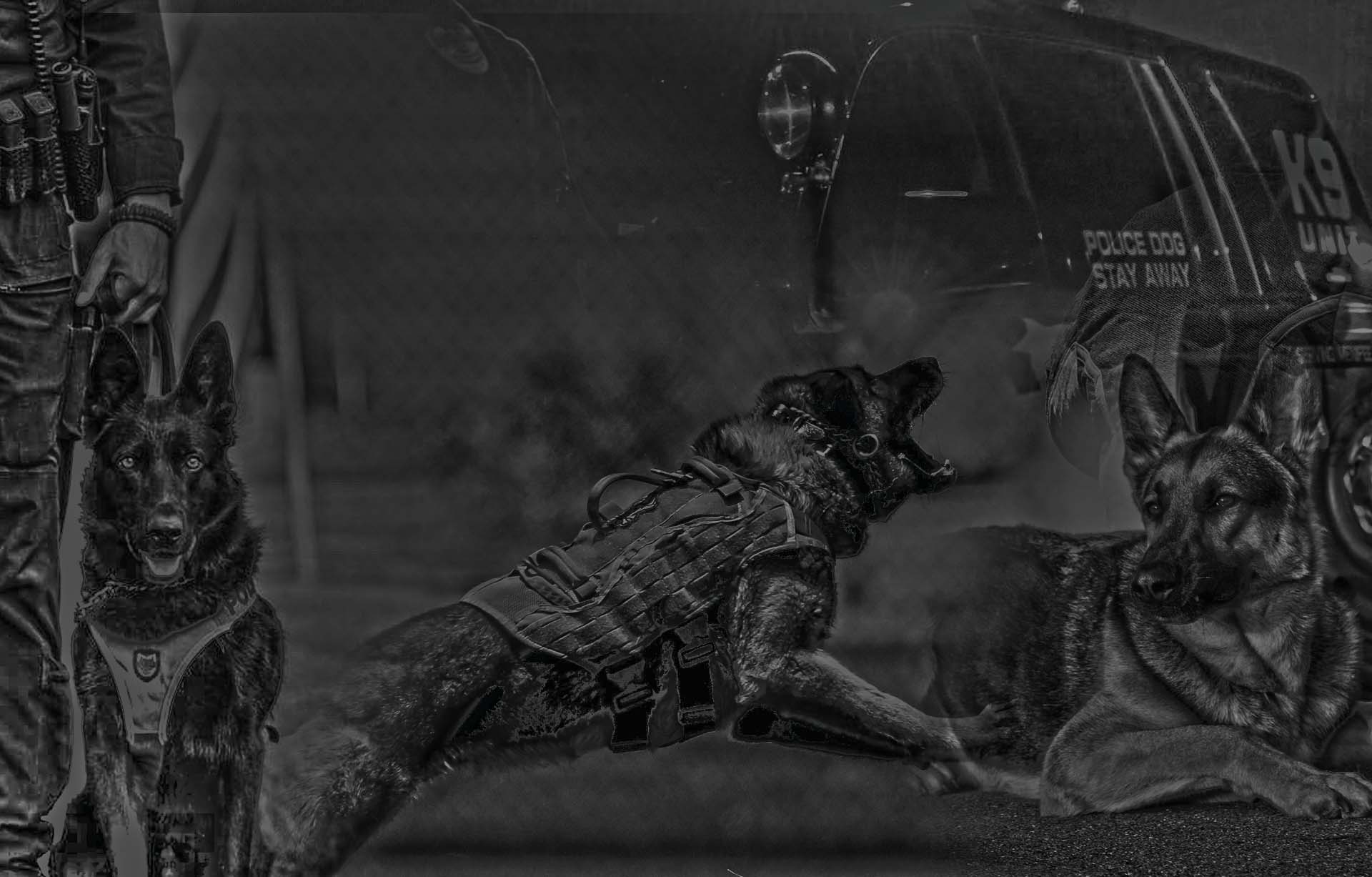Florida Law Enforcement Canine Association
Cadaver Detection Certification
Certification Requirements:
- Total Hides: 5 cadaver detection hides.
- Passing Score: 90% (one miss allowed).
- Distractions: Three different distractions (e.g., food, animal odors, clean reward toys) placed throughout the certification in separate testing areas.
Cadaver Odors for Certification:
- Aged blood
- Body fluids
- Aged bone and tissue
Conditions:
- Must be over 30 days old
- At least 15 grams per substance
- Two identical aged substances may be used in different areas
- Must be placed 30 minutes before testing
Indication & Testing Process:
- The handler must clearly call each detection before moving forward.
- Indications must be obvious to the certifying officials.
- The agency seeking certification must provide the detection odors or coordinate with certifying officials.
- Testing is judged as Pass/Fail.
Failure & Retest Policy:
- If a canine team fails, they must wait 24 hours before retesting.
Vehicle Search Criteria:
- Total Vehicles: 5
- 3 contain cadaver detection hides
- 2 are blank (contain no odor)
- Hides can be placed in any type of vehicle (e.g., cars, trucks, buses, boats, airplanes).
- Only one hide per vehicle—no multiple hides on the same vehicle.
- The substance will be placed on the exterior of the vehicle where scent is available to the canine.
- The substance must be placed 30 minutes prior to testing.
- Total allotted time to complete the vehicle testing: 8 minutes.
Interior Room Search:
- Three rooms will be used: Two hides and one blank.
- The rooms must be at least 200 square feet.
- Large rooms can be sectioned off with a makeshift or temporary barrier to reduce it to the 200 square foot minimum.
- No two hides will be placed in the same room and no hide may be higher than six feet from the ground or floor.
- The substance must be placed 30 minutes prior to testing.
- Total allotted time to complete the interior room testing: 10 minutes.
Outdoor Search:
- Two outdoor hides will be completed.
- The outdoor area must be at least 1000 square feet.
- This area must have brush, trees, and foliage covering the area.
- Items (suitcases, boxes, containers, etc.) may be used to hide one of the two substances as long as a minimum of five containers are within the testing area.
- The substance must be placed 30 minutes prior to testing.
- Buried substances will be no deeper than one foot, and three other holes will be dug and covered for discrimination.
- Care should be taken to camouflage digs with leaves or ground cover to prevent an obvious location.
- No hide may be higher than six feet from the ground or, if buried, no deeper than one foot.
- Total allotted time to complete the outdoor testing: 15 minutes.

